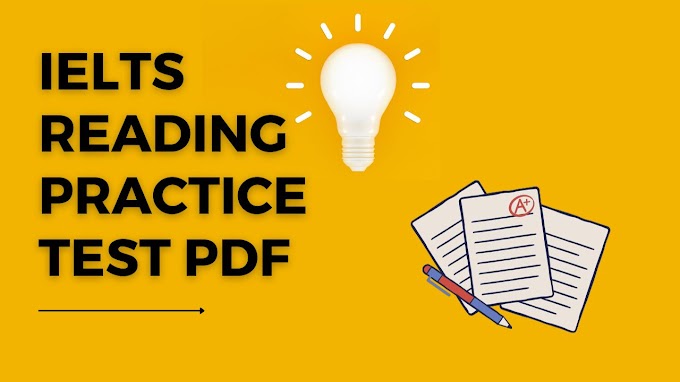Neighbourhood Support general reading answers
Neighbourhood Support aims for a safer. more caring community by encouraging neighbours to talk to each other and by educating and empowering people to take responsibility for their own safety. Sharing Information can reduce the risk and fear of crime. A local group Is formed to provide a means for residents to meet and develop supportive and secure environment for everyone, particularly the young, elderly and disadvantaged. The group tries to prevent the occurrences of crime in the neighbourhood by erecting signs to Inform likely criminals that neighbours watch over one another’s properties. Enhancing the safety features and appearance of the neighbourhood can be an effective way to minimise burglaries and car crime in the local area
1. CRIME
2. DISADVANTAGED
3. SIGNS
4. VOICE
5. AREA COORDINATOR
6. GROUP CONTACT
7. CIVIL EMERGENCY
8. FALSE
9. TRUE
10. FALSE
11. NOT GIVEN
12. FALSE
13. TRUE
14. NOT GIVEN
15. THE INTERNET
16. AN APPOINTMENT
17. LEVEL OF FORMALITY
18. MOCK INTERVIEWS
19. PHYSICAL EVIDENCE/ ORIGINAL DOCUMENTS
20. CONTINGENCY PLAN
Work Emails Reading answers
A Email is extensively used as a tool for communication at work. However, the number of emails office workers receive every day is overwhelming. Therefore, consider firstly whether the email you are about to write is necessary or even the best way to communicate. A telephone call or instant messaging is more appropriate for a back-and-forth dialogue, and reports of a potentially distressing nature should always be delivered in person if possible.
21. C
22. E
23. A
24. D
25. C
26. B
27. A
Lie Detection – How to spot a liar Reading answers
Native English speakers all have their own style of speech influenced by factors such as where they list and their socioeconomic status. Yet Pamela Myer reveals in her book Liespotting that when people tell lies, their verbal and non-verbal behaviours are nearly universal.
Liars reveal themselves through various verbal tactics. They will use statement structure to avoid answering questions or to deflect suspicion. A parrot statement, repeating a question verbatim is used to stall for time in order to think up a suitable response. If someone genuinely wants to clarify a question, she might choose to repeat a key word or two but rarely the entire question. Beware also the dodgeball statesman – the suspect ignores the question just asked and instead tosses one straight back at you Then there is what Myer calls the guilt-trip statement a device that puts the enquirer on the defensive. The liar feigns offence and hopes that you will forget the question while you defend yourself against his accusation of unfairness or prejudices. Another tactic for deception is the protest statement. This is when the suspect avoids a direct response to a question by listing his favourable assets and deeds, so that you will think he is incapable of wrongdoing. The too link or too much statement is just that. The culprit will attempt to skirt the question by offering too little information or by being effusive – offering a wordy explanation but managing to avoid answering the question.
28. F
29. C
30. E
31. I
32. A
33. NOT GIVEN
34. FALSE
35. TRUE
36. TRUE
37. C
38. A
39. C
40. D
.jpg)


0 Comments